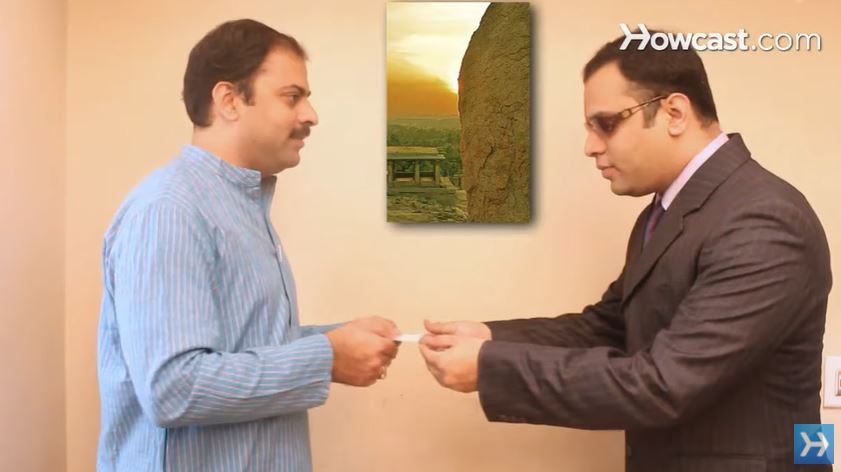Filters
How to Follow Proper Business Etiquette in India
Learn a few Indian customs with these tips to avoid any unintentional rudeness.
Step 1: Use titles
Use the titles of your Indian counterparts, or address them as "Mr.," "Mrs.," or "Miss." Exchange business cards at the beginning of a meeting, which is standard Indian business etiquette.
Tip
The western habit of whistling to get someone's attention is considered impolite in India. Winking may also be interpreted as offensive, and even sexual.
Step 2: Conduct with respect
Conduct yourself with respect that reassures Indian businesspeople that your intentions are trustworthy and sincere. This includes reining in the western tendency to be aggressive, which, in India, can be taken for disrespect.
Step 3: Give gifts attention
Decline expensive gifts if you can. When you can't, accept the gift with both hands. Set aside a wrapped gift until the giver leaves, which is considered proper etiquette.
Tip
Avoid motioning to someone with a palm up or by wagging one finger, which is an insult. Standing with your hands on your hips is also considered an aggressive posture.
Step 4: Be sensitive to culture
Accept all food and drink during business meetings, even if you elect only to nibble at it.
Step 5: Know what they eat
Remember that Hindus don't eat beef, and Muslims don't eat pork. Many Indians are entirely vegetarian. Be sensitive to a predominant cultural and religious inclination toward vegetarianism and a general abstention from alcohol or cigarettes. Indians prefer business lunches to business dinners, by and large.
Step 6: Go along to get along
Go along with a general disregard for punctuality. Relax and be flexible with them and business will go swimmingly.
Did You Know?
The Indian Gross Domestic Product grew at 6.7 percent in 2008 to 2009, one of the fastest growing economies in the world.

YouTube allows users to upload, view, rate, share, add to playlists, report, comment on videos, and subscribe to other users. It offers a wide variety of user-generated and corporate media videos. Available content includes video clips, TV show clips, music videos, short and documentary films, audio recordings, movie trailers, live streams, and other content such as video blogging, short original videos, and educational videos. Most content on YouTube is uploaded by individuals, but media corporations including CBS, the BBC, Vevo, and Hulu offer some of their material via YouTube as part of the YouTube partnership program. Unregistered users can only watch (but not upload) videos on the site, while registered users are also permitted to upload an unlimited number of videos and add comments to videos.




